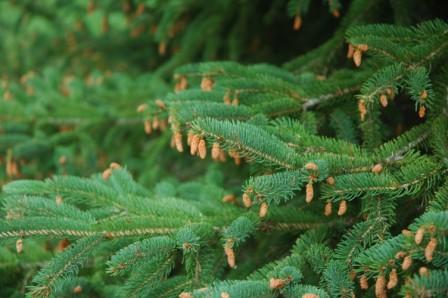Seeing as this blog is called “The Garden Professors” it has been far too long since we’ve given you a lecture on a useful practice for your garden, so this week I thought I’d give you a little how-to demonstration on something called approach grafting. Approach grafting is a technique that you could use to graft a tomato to a tomato (good if you want to use a disease resistant root with a non-disease resistant top — common in heirloom tomatoes), a tomato stem to a potato root (just a fun project), or an eggplant root to a tomato shoot (good for wet locations).
So here we go. First, you need two plants that are about the same size, and you need to plant them in the same container as demonstrated below with a potato and tomato. You will also need to strip off lower leaves as they may get in the way of the graft.

Above we have a young potato and tomato plant to be grafted.

In the above picture the potato and tomato plant have been planted in the same container and their lower leaves have been stripped off.
After the two plants are in the same container a small slice is made on each plant at the same height. This slice will be, ideally, just a little bit deeper than the cambium into the center of the stem (you’ll be able to see the plants pith — in the center of the cut — it’s tough to see in the image here).

In the above picture the stem of both the tomato and potato are cut so that they can be joined together.
After making the required cuts on both plants the cuts are pushed together and wrapped. We used parafilm to wrap this graft, but saranwrap, or even an elastic band would also work.

In the above picture the cuts are being joined.

Here the cuts are wrapped.
The next step is to wait until the graft “takes”. This could take 3-5 weeks. After a good strong union is formed the top of the potato and the bottom of the tomato plants are cut off. Wait a few days to make sure everything’s working properly and plant the result in your garden.




